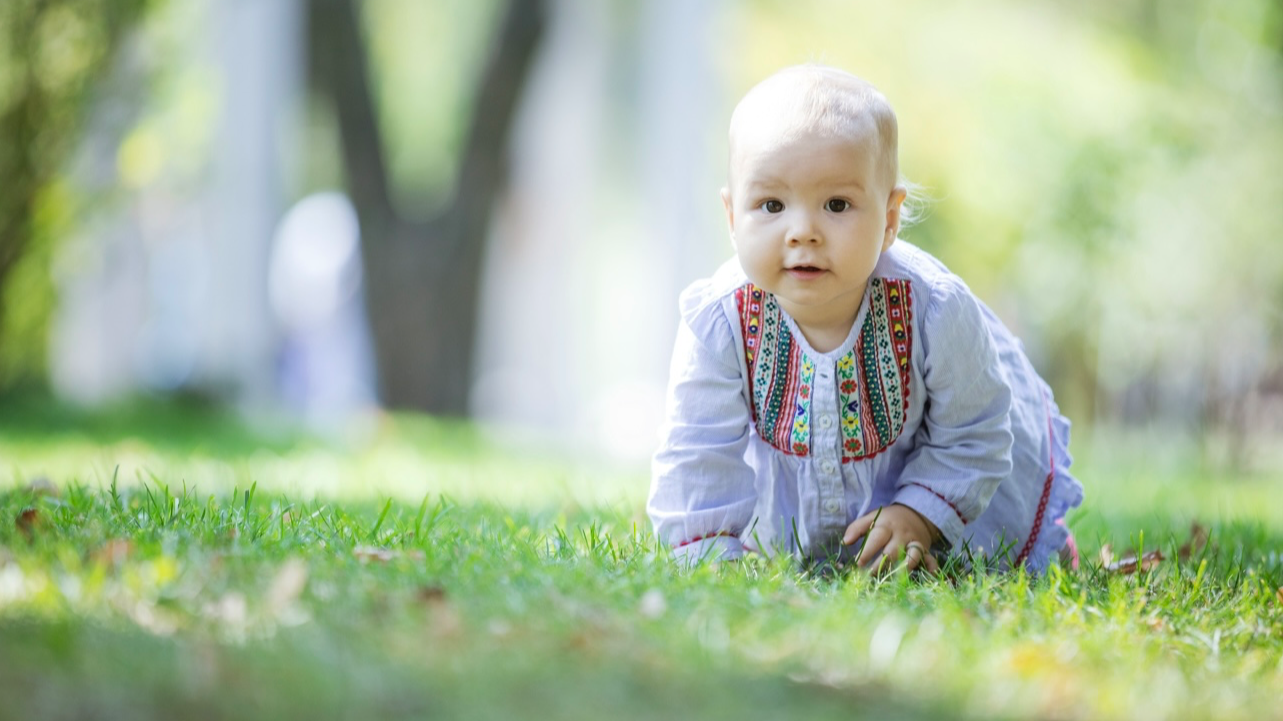Spotting the Early Signs: How to Detect Autism in Babies
As a parent, you’re always on the lookout for your baby’s milestones—first smile, first word, first steps. But what if something feels a little different? Many parents wonder how early they can detect signs of autism in their baby and what they should be watching for. Autism, or Autism Spectrum Disorder (ASD), is a complex developmental condition, and while most children are diagnosed around age 2 or 3, subtle signs can sometimes be seen much earlier.
The good news is that early detection can make a big difference. With early intervention, therapies, and support, children with autism can thrive. So, let’s talk about what to watch for, how to spot the early signs of autism in babies, and when you should seek advice from a pediatrician.
What is Autism?
Before diving into early detection, it’s important to understand what autism is. Autism Spectrum Disorder (ASD) is a neurodevelopmental condition that affects how a person interacts with others, communicates, and behaves. Because it’s a spectrum, symptoms and severity can vary widely. Some people with autism might have difficulty speaking or forming relationships, while others may have more subtle social or sensory challenges.
The cause of autism isn’t fully understood, though genetics and environmental factors likely play a role. It’s estimated that autism affects 1 in 36 children in the United States, according to the CDC, and boys are four times more likely to be diagnosed than girls.
Can Autism Be Detected in Babies?
Yes, autism can be detected in babies, though the signs may be subtle at first. While formal diagnoses usually don’t happen until around age 2, many parents and pediatricians notice early warning signs before then. Detecting autism in babies can be challenging because every child develops at their own pace, and some differences in behavior may just be part of normal development. That said, paying attention to early developmental milestones can help you identify when something might be worth exploring further.
Early Signs of Autism in Babies
Autism can manifest in various ways, but some common early signs to look for in babies and toddlers include challenges with communication, social interaction, and repetitive behaviors. Let’s break down what to watch for during your baby’s first year of life.
1. Lack of Eye Contact
Eye contact is one of the earliest forms of social interaction for babies. From a very young age, babies typically enjoy looking into their parents’ eyes, especially during feeding or playtime. A baby who consistently avoids eye contact or seems uninterested in looking at faces may be showing an early sign of autism. While not making eye contact isn’t a definitive sign on its own, it can be an indicator if combined with other behaviors.
2. Delayed or Unusual Response to Their Name
By around 6 months, most babies will start responding to their name when it’s called. If your baby doesn’t consistently look toward you or seem to notice when you say their name, this could be a red flag. Babies with autism might seem to “tune out” sounds or appear less responsive to social cues like their name being called or someone waving at them.
3. Limited Babbling or Speech Delays
Babbling is a big milestone for babies, and it usually starts between 6 and 9 months. Babies typically experiment with sounds like “ba-ba” or “da-da” before saying their first words. A baby who isn’t babbling by 9 to 12 months, or who stops babbling after initially starting, could be showing an early sign of autism. In addition to limited babbling, some children with autism may have difficulty developing speech or may develop it later than their peers.
4. Lack of Gestures (Waving, Pointing, or Clapping)
Gestures like waving goodbye, clapping, or pointing to things of interest are important developmental milestones that help babies communicate before they can speak. If your baby isn’t using these gestures by around 12 months, it could be a sign of a communication delay. Pointing is particularly important because it’s a way for babies to share their attention with you—if your baby isn’t pointing to show you things or to ask for things, it may be worth discussing with your pediatrician.
5. Unusual Reactions to Sensory Input
Babies with autism might react differently to sensory input, such as sounds, textures, lights, or touch. For example, some babies with autism may seem overly sensitive to loud noises or bright lights, while others might not seem to notice sensory stimuli that would normally grab a baby’s attention. Some babies with autism might also dislike certain textures, including clothing or food textures, or may have an aversion to being touched or held.
6. Repetitive Movements or Behaviors
Repetitive behaviors, also known as “stimming,” can be another early sign of autism. In babies, this might look like hand-flapping, rocking back and forth, or staring at spinning objects. While all babies engage in repetitive behaviors at times, it becomes a potential concern when these behaviors are frequent, seem to lack purpose, or are difficult to interrupt.
7. Difficulty with Social Interaction
Babies naturally start to show interest in others, whether it’s smiling at their parents, reacting to facial expressions, or showing curiosity about other people. If your baby seems indifferent to social interactions—such as not smiling back at you or not engaging in simple back-and-forth play—it could be a sign of autism. By 9 months, most babies enjoy playing interactive games like peekaboo. A baby who doesn’t seem to engage in this way might have difficulty with social connection.
8. Regression of Skills
One of the more concerning signs for parents is when a baby or toddler seems to lose skills they previously had. For example, if your baby was babbling, pointing, or engaging socially but then suddenly stops, this is called “regression” and can be a red flag for autism. This regression often happens between 18 and 24 months, but it can sometimes be observed earlier.
When Should You Talk to a Pediatrician?
It’s important to remember that every baby develops at their own pace, and not every delayed milestone means there’s a problem. However, if you notice several of these signs or feel concerned about your baby’s development, it’s always a good idea to talk to your pediatrician. Trust your instincts—if something doesn’t feel right, it’s better to seek guidance sooner rather than later.
Most pediatricians use developmental screening tools during well-baby visits to help identify early signs of autism or other developmental delays. If your pediatrician suspects autism or another developmental concern, they may refer your child to a specialist, such as a developmental pediatrician, neurologist, or early intervention program, for further evaluation.
Early Intervention: Why It Matters
The earlier autism is detected, the better. Early intervention is crucial because the first few years of life are critical for brain development. Research has shown that early therapies can significantly improve outcomes for children with autism, especially in areas like communication, social skills, and adaptive behavior.
Early intervention might include:
• Speech therapy to help with communication skills.
• Occupational therapy to work on motor skills and sensory challenges.
• Behavioral therapy such as Applied Behavior Analysis (ABA) to address specific behavioral concerns.
In many cases, early intervention can reduce the severity of symptoms and help children with autism reach their full potential. The goal is to provide support that allows your child to grow, learn, and engage with the world around them.
Final Thoughts: Trust Your Parental Instincts
As a parent, you’re the best observer of your child’s development. While it can be scary to consider the possibility of autism, understanding the early signs and knowing what to look for can help you take action early, giving your child the best chance at thriving. Remember, no one knows your baby better than you do—so trust your instincts, and don’t be afraid to ask questions or seek support if you have concerns.
Spotting the early signs of autism can feel overwhelming, but it’s also empowering. With the right resources, support, and interventions, your child can flourish. So, keep an eye on those milestones, stay informed, and know that you’re doing everything you can to give your baby the best start in life.











